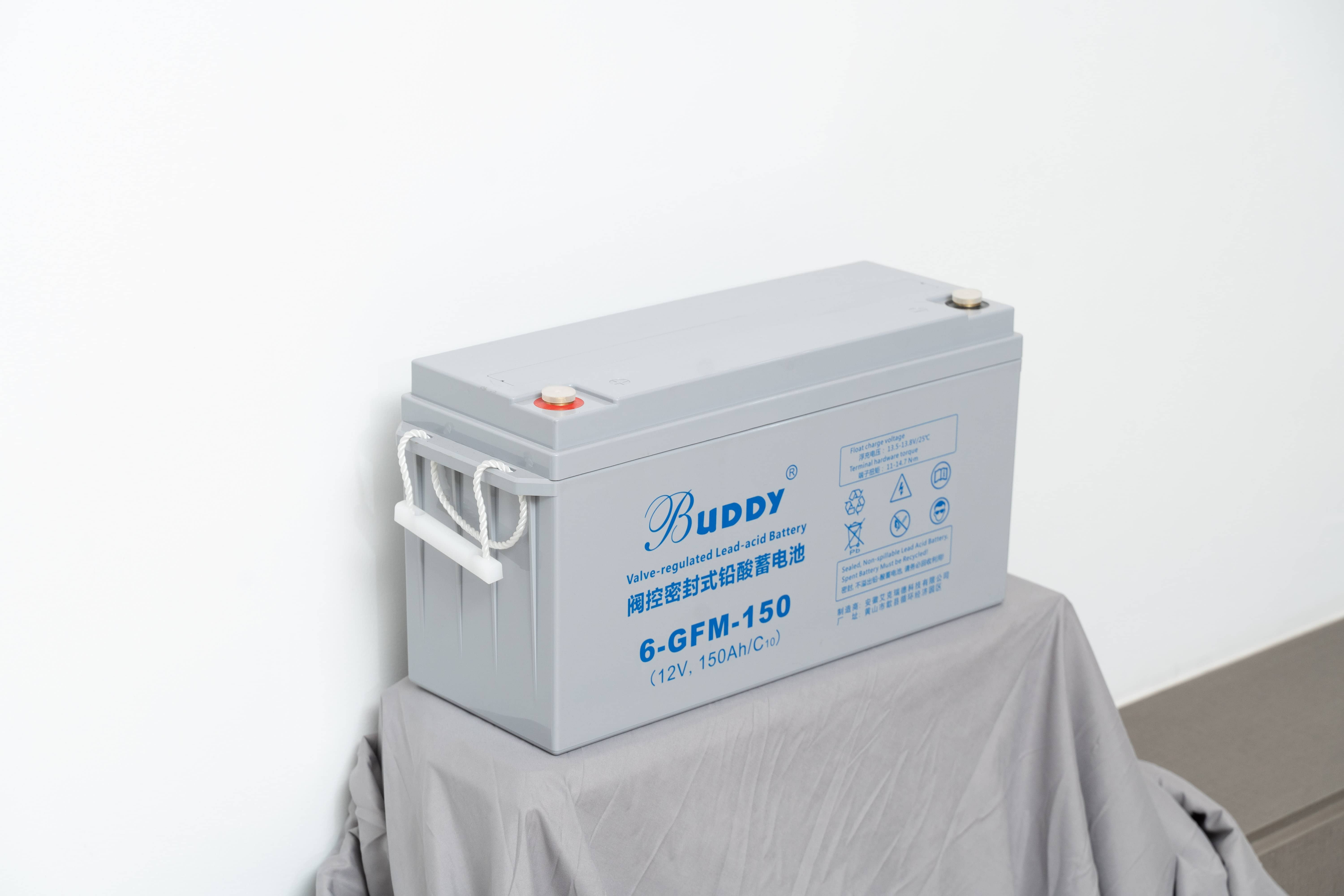The lead sulfuric acid battery, commonly known as the lead-acid battery, is a type of electrochemical device that stores and converts chemical energy into electrical energy. It has been widely used for various applications, including automotive starting, stationary power backup, and renewable energy storage. In this article, we will delve into the components, working principle, and applications of the lead sulfuric acid battery.

1. Components of a Lead Sulfuric Acid Battery:
A lead sulfuric acid battery consists of several key components, including an anode, a cathode, an electrolyte, and a separator.
a. Anode: The anode is typically made of lead (Pb) and serves as the site for the oxidation reaction. It is usually connected to the positive terminal of the battery.
b. Cathode: The cathode is also made of lead (Pb) and is the site for the reduction reaction. It is usually connected to the negative terminal of the battery.
c. Electrolyte: The electrolyte is a solution of sulfuric acid (H2SO4) and water (H2O) that allows the flow of ions between the anode and the cathode. It is essential for the conduction of electrical energy.
d. Separator: The separator is a non-conductive material that prevents the anode and cathode from coming into direct contact with each other, which could lead to a short circuit.
2. Working Principle of a Lead Sulfuric Acid Battery:
The working principle of a lead sulfuric acid battery involves the reversible chemical reactions that occur at the anode and cathode during the charging and discharging cycles.
a. Discharging: During the discharging phase, the anode undergoes oxidation, releasing electrons (e-) into the external circuit. Simultaneously, the cathode undergoes reduction, accepting the electrons and combining them with protons (H+) from the electrolyte to form water (H2O). The overall reaction can be represented as:
Anode: Pb(s) → PbSO4(s) + e-
Cathode: PbO2(s) + 4H+(aq) + e- → PbSO4(s) + 2H2O(l)
b. Charging: During the charging phase, the external电源 applies a reverse voltage, causing the reactions at the anode and cathode to reverse. The lead sulfate (PbSO4) on the electrodes is converted back into lead (Pb) and lead dioxide (PbO2), respectively. The overall reaction can be represented as:
Anode: PbSO4(s) + e- → Pb(s)
Cathode: PbSO4(s) + 2H2O(l) → PbO2(s) + 4H+(aq) + e-
3. Applications of Lead Sulfuric Acid Battery:
Lead sulfuric acid batteries find applications in various industries due to their reliable and cost-effective nature. Some of the common applications include:
a. Automotive Starting: Lead sulfuric acid batteries are widely used in automotive applications to provide the necessary electrical energy for starting the engine, which requires a high current density.
b. Stationary Power Backup: These batteries are commonly used as backup power sources for telecommunications, data centers, and other critical infrastructure, ensuring uninterrupted power supply during grid failures.
c. Renewable Energy Storage: Lead sulfuric acid batteries are increasingly being used for storing energy generated from renewable sources like solar and wind power. They help in balancing the intermittent nature of these energy sources with the stored electrical energy.
Conclusion:
The lead sulfuric acid battery, with its components, working principle, and applications, has proven to be a reliable and versatile energy storage solution. Despite facing competition from newer battery technologies, it continues to play a significant role in various industries. As the demand for energy storage solutions grows, the lead sulfuric acid battery remains a critical component in the transition towards a more sustainable and efficient energy future.